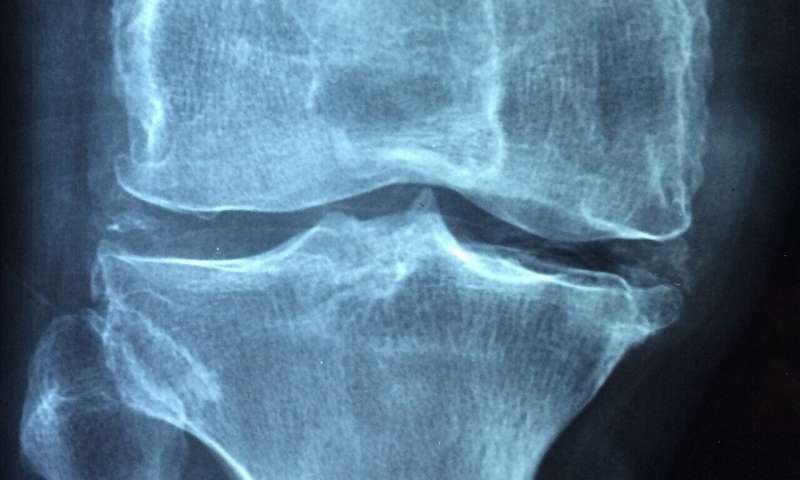Recent explorations into bone development have uncovered significant insights into the molecular mechanisms involved in osteogenesis, particularly the role of a specific protein known as CLEC14A. Published on October 11, 2024 in Communications Biology, this research highlights the potential for novel therapeutic approaches to combat osteoporosis and related conditions.
Introduction
Bone health is vital for overall well-being, and conditions like osteoporosis pose severe challenges to this aspect of health. Osteoporosis is characterized by weakened bones, increasing fracture risks, and significant morbidity. In a major study led by Dr. Amy Naylor and Professor Roy Bicknell at the University of Birmingham, researchers have identified a critical protein that inhibits osteoblast maturation, thereby affecting bone formation.
Role of CLEC14A in Osteoblast Maturation
Osteoblasts, the cells responsible for bone formation, undergo a carefully regulated developmental process. The presence of CLEC14A disrupts this process by being present on endothelial cells, which are crucial in the transport of immature osteoblasts to bone formation sites. The study demonstrated that:
- The absence of CLEC14A on endothelial cells enables osteoblasts to mature more rapidly, reaching functionality significantly earlier than those with the protein.
- Osteoblasts taken from protein-free models achieved maturation in just four days, compared to an extended period of eight days when CLEC14A was present.
Experimental Findings
The research involved experiments conducted with two sets of cells: those bred to produce CLEC14A and those that did not. The results indicated a marked difference in mineralized tissue formation over time:
| Parameter | CLEC14A Present | CLEC14A Absent |
|---|---|---|
| Time to Maturation | 8 days | 4 days |
| Mineralized Matrix Formation at Day 18 | Significantly lower | Significantly higher |
Implications for Osteoporosis Treatment
Given the findings, Dr. Naylor emphasized the importance of understanding how blood vessel cells influence osteoblast activity. This knowledge could lead to:
- New treatment methods for patients suffering from osteoporosis or chronic conditions resulting in poor bone formation.
- Targeted therapies that mitigate the influence of CLEC14A through biochemical approaches.
“This additional understanding of how blood vessel cells control bone-forming osteoblasts under normal, healthy conditions provides an avenue to develop treatments for patients who have insufficient bone formation.” – Dr. Amy Naylor, University of Birmingham
Statements from Key Stakeholders
Lucy Donaldson, Director for Research & Health Intelligence at Versus Arthritis, commented on the broader impact of impaired bone formation, noting:
“Poor bone formation is an important driver of damage in osteoporosis and autoimmune inflammatory arthritis. This can lead to disability, pain, and fatigue, drastically affecting individuals' quality of life, including their ability to work and spend time with loved ones.”
Conclusion
The research surrounding CLEC14A and its function in blocking osteoblast maturation offers promising avenues for future therapeutic interventions. By targeting this protein, there exists potential for developing more effective treatments for individuals with inadequate bone formation due to various medical conditions.
References
- Type-H endothelial cell protein Clec14a orchestrates osteoblast activity during trabecular bone formation and patterning, Communications Biology (2024).
- Lifespan.io














Discussion